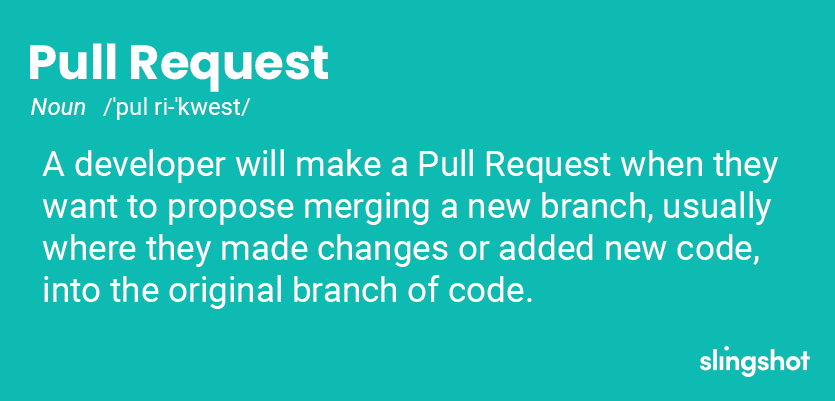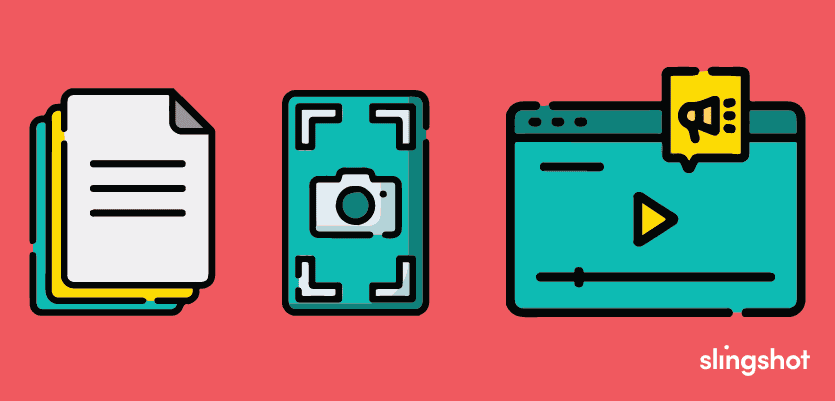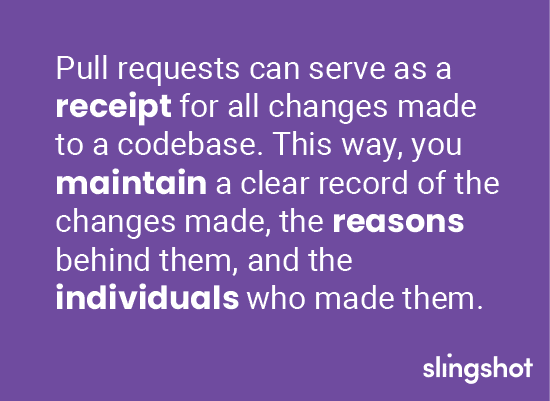You could say software development is similar to an adventure, where creativity and innovation are your tools to find the treasure. Just like a skilled adventurer relies on a compass to navigate, developers rely on effective practices to steer their projects toward success.
In this daring blog, we’ll dive deep into the world of pull requests, a powerful tool that allows developers to collaborate and elevate the quality of their code. Think of pull requests as your trusty compass, guiding you through the world of code changes and ensuring a smooth journey to your development goals.
You could say software development is similar to an adventure, where creativity and innovation are your tools to find the treasure. Just like a skilled adventurer relies on a compass to navigate, developers rely on effective practices to steer their projects toward success.
In this daring blog, we’ll dive deep into the world of pull requests, a powerful tool that allows developers to collaborate and elevate the quality of their code. Think of pull requests as your trusty compass, guiding you through the world of code changes and ensuring a smooth journey to your development goals.
But what exactly is a pull request, and why is it important? Let’s embark on this thrilling journey to uncover the answers together. Set a course for knowledge, and let’s discover the wonders of pull requests!
Summary
- A pull request is a way for developers to merge code changes from one branch into another
- Pull requests can facilitate collaboration, improve code quality, provide transparency, serve as documentation, and help manage risk
- Best practices for creating pull requests include clear descriptions, breaking down changes, following coding standards, and keeping them up-to-date
What is a Pull Request?
A pull request is how developers merge one branch of code into another. For context: when a developer wants to make changes to a codebase, they usually will create a brand new branch to create and test those changes. Once those updates are ready, they can create a pull request to propose adding their changes to the original branch of code.
A pull request usually includes a description of the changes made, the reasons for the changes, and any other relevant information. The pull request is then sent to other development team members for review. They can then provide feedback, suggest improvements, and approve or reject the pull request.

Why are Pull Requests Important?
So why should you include pull requests as part of your development best practices? They require some time as multiple people need to review and approve before the pull request is accepted. Here are 5 reasons why pull requests are important.
Collaboration
You’re gonna want all hands on deck. Development is at its best when the team works together on it. Since pull requests require developers to review each other’s code, suggest changes, and provide feedback, they help facilitate collaboration between team members.
Code Quality
Quality is Key. Pull requests add a layer of review to any code updates. But it’s not just about catching errors; taking a second to double-check the code ensures that you’re following best practices. And bonus: if someone else has to read the code, you can verify that the code readability is as it should be.
Transparency
Honesty is the best policy. Pull requests can provide transparency into what’s going on with your code. They enable team members to see the changes made, understand why they were changed, and identify the individuals making them. When you all work together, you nurture a sense of teamwork!
Documentation
Every developer knows that documentation is a vital part of programming best practices. Pull requests can serve as a receipt for all changes made to a codebase. This way, you maintain a clear record of the changes made, the reasons behind them, and the individuals who made them. And bonus: pull requests can help future developers understand the codebase.

Risk Management
You know this: tech projects come with inherent risks, one of which is that one small change in a codebase can break the whole app if you’re not careful. Pull requests can help manage this risk by providing a mechanism for peer review. Then you can catch errors and ensure that changes are thoroughly tested before they become part of the main codebase.
Best Practices for Creating a Pull Request
You know what a Pull Request is, and why you need to implement them in your development process. But how do you make sure that you’re following the best practices? Let’s check out 8 tips to follow to get the most out of your pull requests.
Clearly describe the changes made by providing a detailed description; write down what problem you solved, the solution you implemented, and any trade-offs you made.
Break down large changes into smaller ones so that they’re easier to review. Pull requests should be in more manageable chunks to make the review process more effective.
Follow coding standards when making updates. Ensure that the code adheres to your team’s coding standards before sending the pull request. This helps the reviewer get down to the specifics of what needs to change, rather than the high-level mistakes.
Keep the pull request up-to-date with the latest changes in the main branch. You don’t want to be making changes to code that already has been updated!
Be responsive to feedback given to you by a reviewer. No one likes to be told about a mistake they made, but it’s better to discuss it and get it fixed than to continuously make it.

Provide context to updates you make. This could be anything from screenshots to links to relevant resources. All of these can help a reviewer understand what changed.
Use a clear and descriptive title that summarizes the changes you made. Since pull requests can be used as documentation, it’s best to name it something that alludes to what you changed.
Conclusion
Pull requests are a vital component of modern software development. They provide a structured way for developers to propose and review changes to a codebase, fostering collaboration, improving code quality, and promoting transparency.
To make the most of pull requests, it’s important to follow best practices. Clearly describing changes, breaking them into manageable chunks, adhering to coding standards, and staying responsive to feedback all contribute to effective pull request workflows.
Embark on a journey of collaborative development, guided by pull requests as your trusty compass. Embrace their power to enhance code quality, foster teamwork, and ensure the success of your projects. With pull requests, you’ll navigate the realm of coding with confidence, delivering high-quality software and reaching new heights in your development endeavors.




